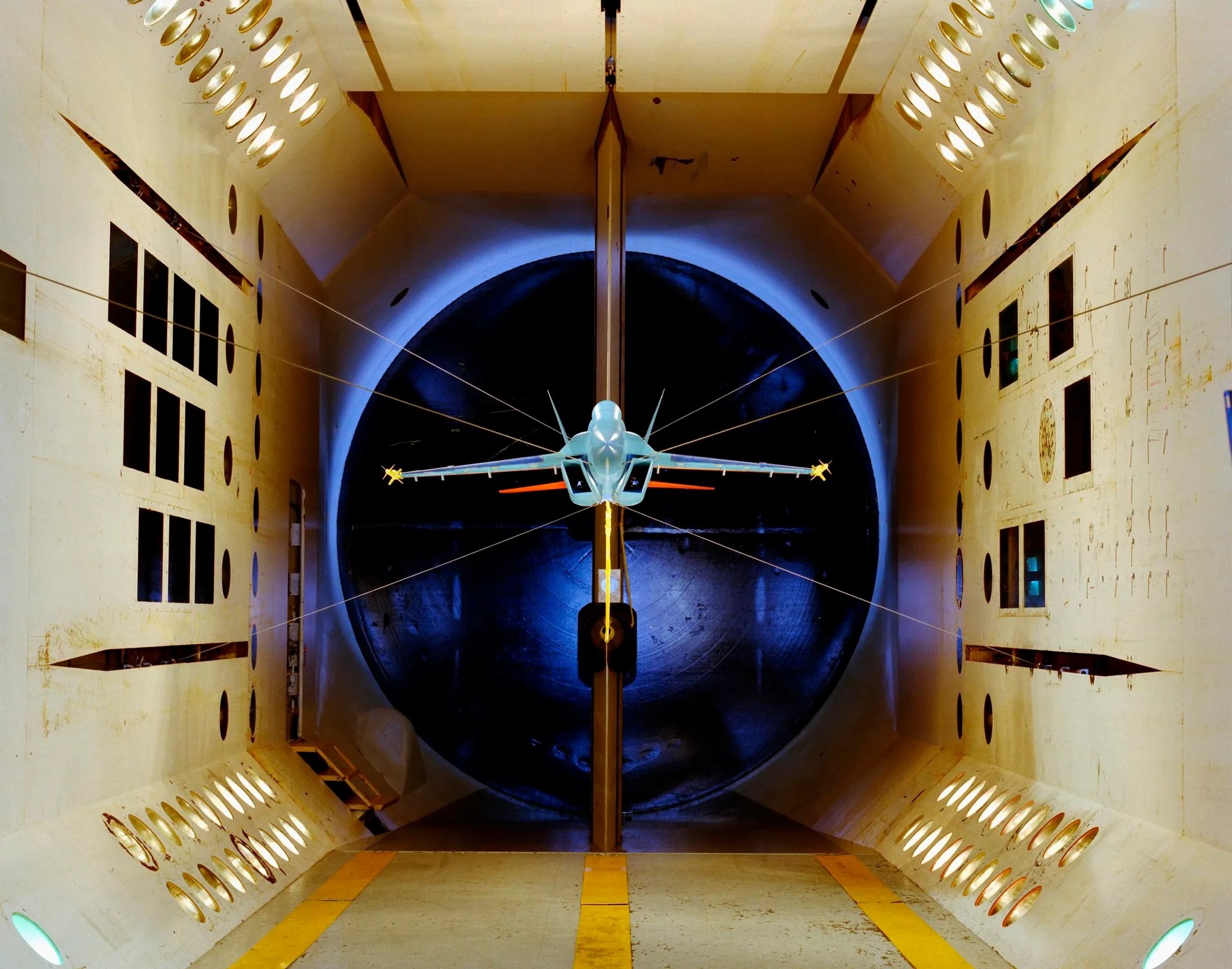AIAA G-160-2025: Wind Tunnel Testing

Uncertainties in wind tunnel testing stem from various factors, including turbulence, model geometry, laboratory conditions, and experimental setup. These uncertainties can lead to discrepancies in results and impact the accuracy of aerodynamic property measurements. AIAA G-160-2025: Assessing Experimental Uncertainty with Application to Wind Tunnel Testing is a guide that discusses the uncertainty at the wind tunnel test conditions.
What Is Wind Tunnel Testing?
Wind tunnels refer to a specialized facility that simulates airflow around objects to study their aerodynamic properties. It essentially creates a controlled environment where air is forced to flow over a stationary model, allowing researchers to measure forces like lift and drag, as well as visualize airflow patterns.
Wind tunnel testing is a method used to understand how airflow interacts with objects, particularly in fields like aviation, automotive, and architecture. It allows engineers to analyze aerodynamic forces, optimize designs, and ensure safety and efficiency.
What Is AIAA G-160?
AIAA G-160-2025 provides information and guidance on how to assess experimental uncertainty, specifically within the context of wind tunnel testing. This report notes that data quality assessment should be a key part of the entire wind tunnel testing process. AIAA G-160-2025 presents an overview of the two most commonly practiced uncertainty analysis methods to date, the Taylor Series and Monte Carlo propagation methods. This is in order to help practitioners understand the legacy approach of the Taylor Series method while also providing practical guidance and considerations on the application of the Monte Carlo method.
The terms “data quality” and “uncertainty” are used throughout this report to reinforce the concept that intelligent design, execution, and documentation of a test adds great value to the results and should be done in a structured, quantitative, and consistent framework to gain the greatest benefit.

Epistemic vs Aleatory Uncertainties
In wind tunnel testing, both epistemic and aleatoric uncertainty play a role in influencing the accuracy of results and the interpretation of wind-induced effects on structures:
- Epistemic Uncertainties: These stem from a lack of perfect knowledge, such as model defects, human errors, or limitations in equipment resolution. Epistemic uncertainty can be reduced by gathering more data or refining models.
- Aleatory Uncertainty: These represent inherent randomness, such as variability in wind tunnel records collected for the same experimental setup. Aleatory uncertainty cannot be reduced; instead, it can only be identified and quantified.
What Are Sources of Uncertainty in Wind Tunnel Testing?
Uncertainties in wind tunnel testing arise from various sources, such as the following:
- Turbulence: Wind tunnels often struggle to perfectly replicate the complex turbulent flow conditions found in real-world atmospheric environments.
- Model Geometry and Preparation: Inaccuracies in model scaling, fabrication, or surface finishing can affect the flow around the model and introduce errors.
- Wind Tunnel Laboratory Conditions: Factors like tunnel wall effects, boundary layer growth, and variations in flow conditions can contribute to uncertainty.
- Instrumentation and Calibration: Errors in measuring wind speed, pressure, and other relevant parameters can introduce inaccuracies in the collected data.
- Experimental Setup and Data Reduction: Differences in how the experiment is set up, how the data is collected, and how it’s analyzed can lead to inconsistencies in results.
- Tunnel-to-Tunnel Reproducibility: Variations in wind tunnel performance between different facilities can affect the comparability of results.
Understanding and quantifying these sources of uncertainty in wind tunnel testing is essential for making informed decisions about the design and construction of structures or vehicles. This testing helps inventors, engineers, and manufacturers better understand the nature of flow of air over and around a vehicle or object, as well as the effects it causes on that object, especially aerodynamic forces. Ultimately, wind tunnel test results help lead to more aerodynamic and fuel-efficient aircraft designs.
AIAA G-160-2025: Assessing Experimental Uncertainty with Application to Wind Tunnel Testing is available on the ANSI Webstore.






